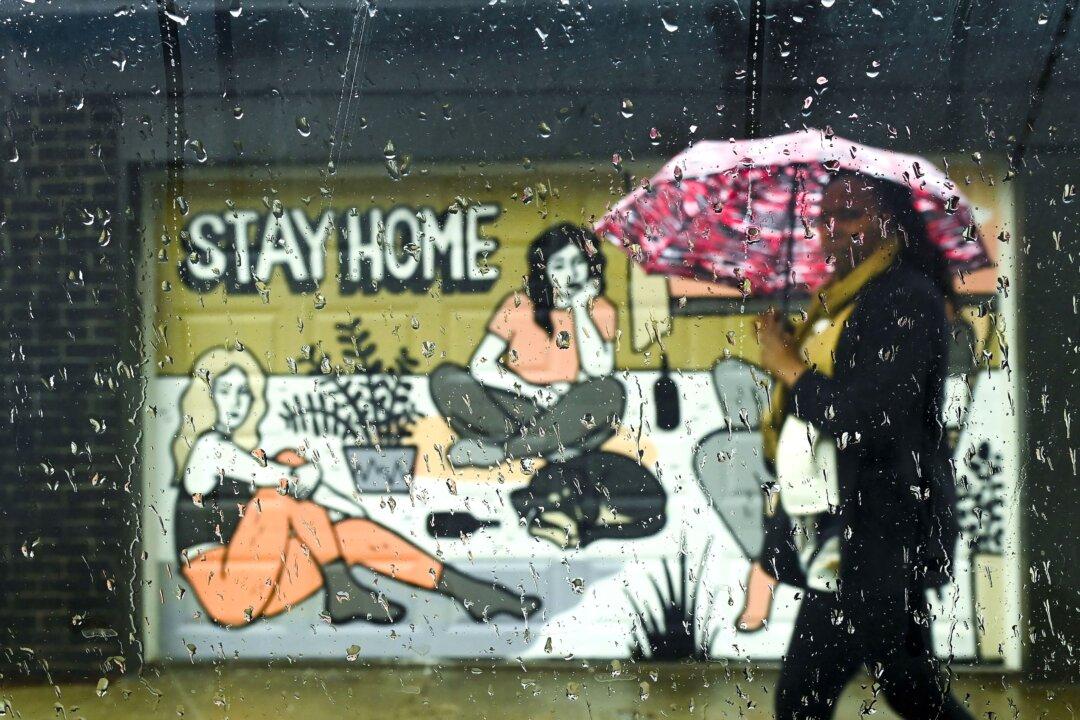Commentary
Our government’s latest lockdown because of the rising numbers of COVID-19 cases, mainly Omicron, has forced me to look more deeply into this crisis that has been with us for almost two years.

Our government’s latest lockdown because of the rising numbers of COVID-19 cases, mainly Omicron, has forced me to look more deeply into this crisis that has been with us for almost two years.